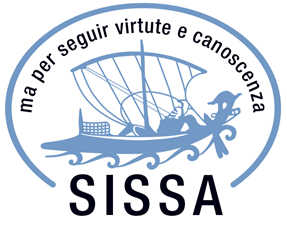Glioblastoma multiforme is the most common and aggressive type of malignant brain tumors. The disease develops from glial cells and occurs primarily in the brain, although it can be found in other parts of the central nervous system. Glioblastoma is not curable and approved treatment options are limited. The tumor is characterized by a high rate of recurrence and a poor patient prognosis. For these reasons there is an urgent need for new and efficient treatments.
The technology proposed is based on the controlled overexpression of EMX2 gene, a key cerebral cortex development gene, in Glioblastoma stem cells. EMX2 expression inhibits tumor expansion and causes its collapse. The underlying mechanism consists in the synergyc blockade of a number of metabolic pro-oncogenic nodes contributing to cancer aggressiveness, forcing the tumor cells to collapse by promoting cell death and inhibiting cell proliferation. EMX2 activity relies on modulation of a number of malignancy-related genes and its overexpression can results into an appreciable therapeutic effect on a large variety of Glioblastomas and can prevent selection of drug-resistant clones as well as recurrences.
The gene therapy method proposed is a powerful, robust and fast approach that can be applied to different molecular subtypes of Glioblastoma to antagonize the tumor (and other low grade gliomas), induce its regression and prevent its drug-resistant clones. Its advantages are that is a single, pleiotropic bio-active agent impacting a variety of genes, forcing Glioblastoma cells to differentiate and/or die and preventing tumor recurrences. This approach might be appropriate to target tumor cells while not damaging differentiated non-cancerous cells and adequate to eradicate tumor-initiating cells. The strategy is a novel, promising and efficient tool for Glioblastoma treatment also in the later stages of the disease and can improve the expectancy and quality of life of the patients.
N.A.
Glioblastoma has an incidence of two to three per 100,000 adults per year, and accounts for 52 percent of all primary brain tumors. Overall, glioblastoma accounts for about 17 percent of all tumors of the brain (primary and metastatic). By 2035 the number of incident cases of glioblastoma across the US, Japan, and five major EU markets will increase by 24.4% to 28,680 cases, driven by population growth and aging. Global glioblastoma multiforme treatment market is expected to growth over the period 2014-2024 owing to the rising incidence of oncology diseases and rising geriatric population base. The market will increase fivefold from $659 million in 2014 to $3.3 billion by 2024, representing a rapid Compound Annual Growth Rate (CAGR) of 17.4%.
Renè Buttò







